
Know the history of the land , understand what happened here, then we can love the land , love the people.
![]()
The origin of Linong Neighborhood’s name
Linong Neighborhood’s ancient name was “Chilian”, and it used to be part of the Pingpu Tribe’s Ketagalan Clan. “Chilian” is the translation of “kil-lrigan” from the Pingpu tribe’s language to the Taiwanese dialect. It means “bay.” Because this area is used to be where the Danshui River turned and protruded outward to the north, its shape resembles that of a bay. This is why its name was translated to Chinese, it was named “bay” for its geographical characteristics. Chilian was the birthplace of agriculture in the Danshui River north shore area, and was the first region in the Taipei basin where Chinese Han people settled. The Han people also called it “Chilian” in Chinese. After the National Government came to Taiwan (1949), they renamed this area to what it is called today - “Linong Neighborhood.”

Source: 2008 "Taipei Going" Series/Department of Urban Development, Taipei City Government
Special local characteristics ~ Chilian Rocks
In early years, in addition to being famous for its rich rice production, Chilian was also known for its Chilian Rocks that were widely used in architecture and construction. The mining areas were located at the location of today’s National Yang Ming University, but all mining activities there were eventually ceased. Chilian Rocks are a Chilian cultural heritage, and reflect the stone collection and processing culture of the past, which is something that we are very proud of. This is one of Taipei’s oldest and most famous high-quality natural and ecological treasures, with rich local characteristics.
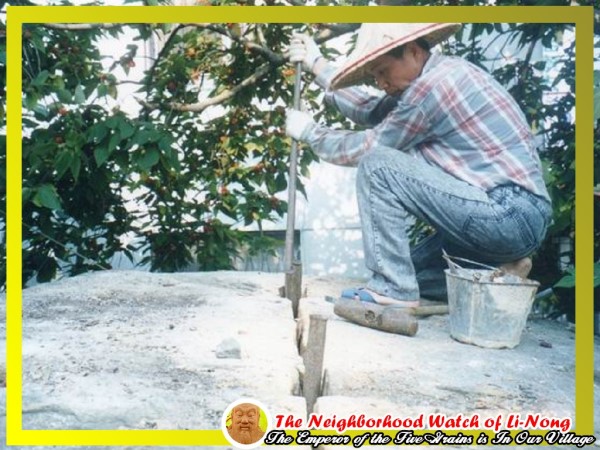
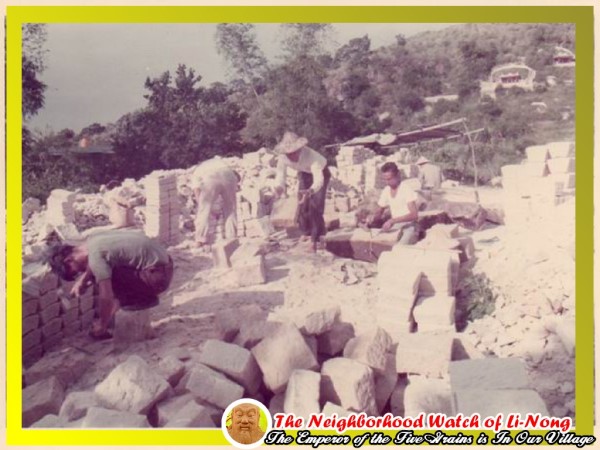
Source: Li-nong Elementary School Website-Stone With Passion
Cisheng Temple
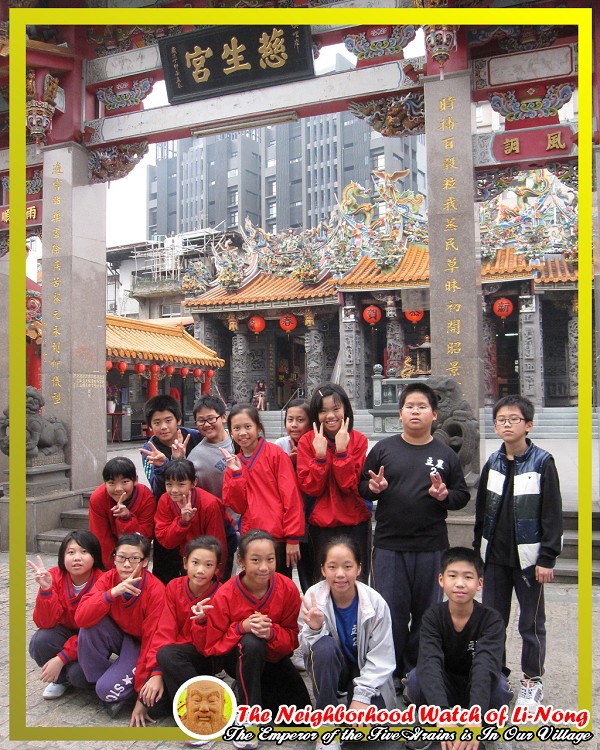
Cisheng Temple, established and constructed in 1669, enshrines the Shen-Nong Emperor God, and over the years has become an important spiritual and cultural location for local residents. It is said that when our ancestors came to Taiwan to established their homes, people had a strong sense of territory and regionalism, and there were frequent disputes between the Han people of China and naborigines. The Cisheng Temple was built bases on the legend that worshipping the Shen-Nong Emperor God can not onlyreduce wars and conflicts, But also bring rich harvests for all crops. Cisheng Temple went through six rebuilds before reaching today’s size. The main god worshipped in the Temple is the God of Agriculture (the Shen-Nong Emperor God), with the Guan-Yin Buddha, the Heavenly Holy Mother, the Fu-De God of Virtue and Happiness, and the Tiger God at its side.
Source: Taipei City Beitou District Office Website
Bahsian Canal
The “Bahsian Canal” used to be the main irrigation channel for farms in the Chilian area, and also our water playground. Flowing past Cisheng Temple, Xi-an Street, and the northern and western sides of Linong Park, Bahsian Canal used to be the only irrigation channel for the Beitou area’s agriculture, and can be considered to have been a loyal friend to local farmers. This is why the rice produced in the Guandu Plain in the early days was so famous.
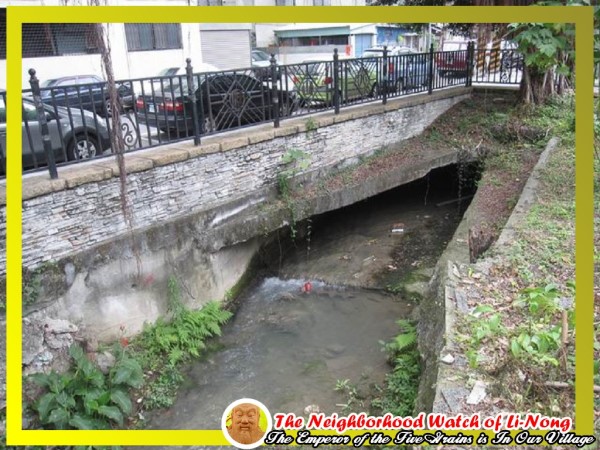
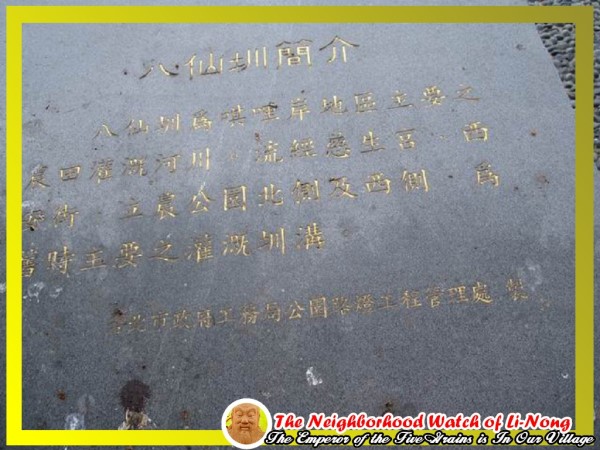
Source: Tunghua Bahsian Canal Neighborhood Watch, The Community Works Together to Save their Home by the Water
2012 Li-Nong Elementary School , Taipei , Taiwan - Young Power Team